Aurorae On Jupiter By NASA, ESA, Hubble

Aurorae on Jupiter by NASA, ESA, Hubble
More Posts from Porcelainrobot and Others

This is one of the largest and most prolific star-forming regions near our Milky Way. Located about 160,000 light years away in the neighboring Large Magellanic Cloud galaxy, the Tarantula nebula is sculpted by searing radiation and strong winds that comes from the massive stars at its center. If fact, it is estimated that at least 40 of these huge stars have gone supernova within the last 10,000 years including the most recent one, SN 1987a. (Composite Image from Multiple Data Sources. Hubble Space Telescope, ESO, Amateur Data. Image Assembly and Processing : Robert Gendler and Roberto Colombari)

Cloud Mountain // Joni Niemelä

1995, picture by Enver Hirsch

Picture | Paul Fenrich

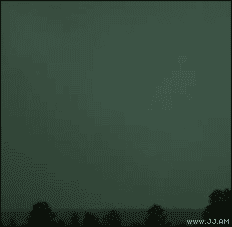
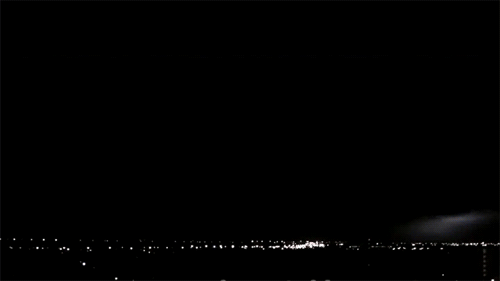
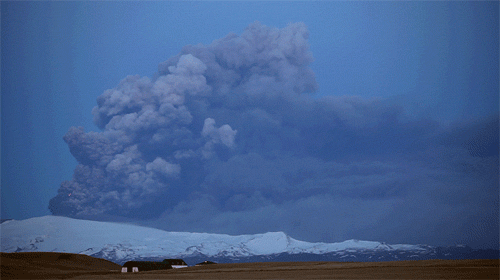
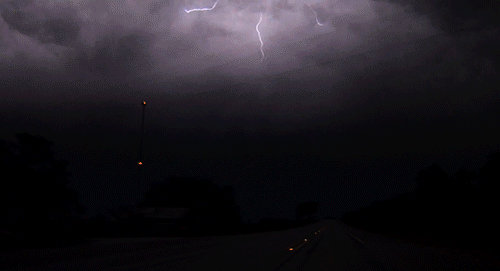
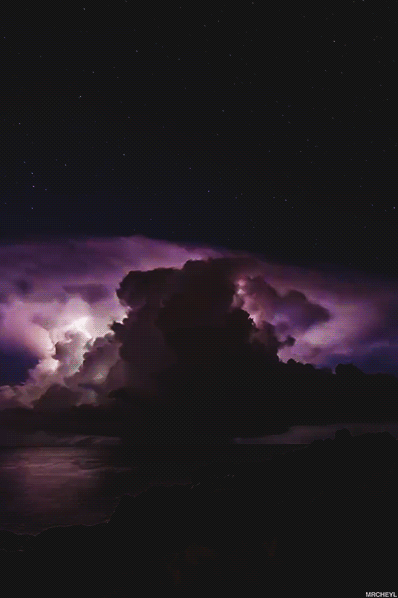
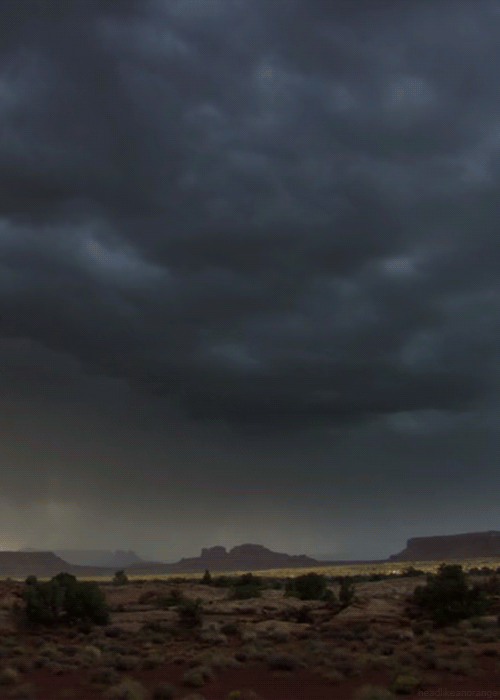
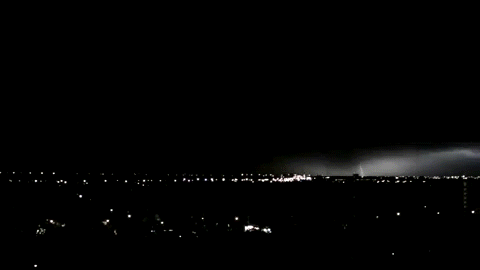
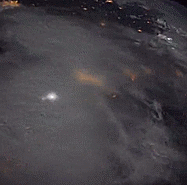
Lightning Appreciation Post:
There are nearly 500 lightning strikes every second around the world.
Only about 100 of these strike the earth, the others are between and within the clouds themselves.
Lightning is very visible from space (last gif from Astronaut Reid Wiseman)
Besides regular storms (thunder storms, hurricanes, etc.) lightning can be found in volcanoes (gif 3) and even intense forest fires.
In conclusion: nature is fucking awesome!
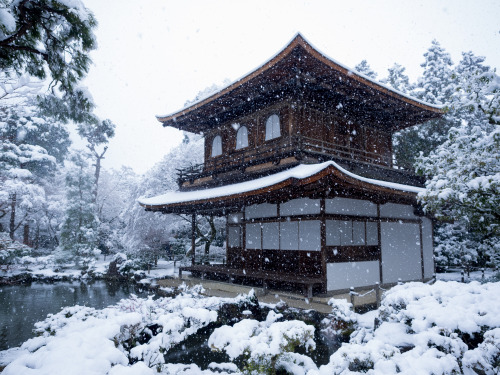

Kyoto Prefecture, Japan by Norihiro Kataoka

daniiux










As the Cassini mission to Saturn draws in to it’s final year, take a look at some of the most fantastic images from the ringed world.
Credits:
Image 1: NASA/JPL/Space Science Institute
Image 2: NASA/JPL-Caltech/Space Science Institute
Image 3: NASA/JPL-Caltech/SSI
Image 4: NASA/JPL/Space Science Institute
Image 5: NASA/JPL/Space Science Institute
Image 6: NASA/JPL-Caltech/Space Science Institute
Image 7: NASA/JPL-Caltech/Space Science Institute
Image 8: NASA/JPL/University of Arizona/University of Idaho
Image 9: NASA/JPL/ESA/University of Arizona
Image 10: NASA/JPL/Space Science Institute
-
 last-starborn reblogged this · 6 months ago
last-starborn reblogged this · 6 months ago -
 vas68-sex-6ban liked this · 2 years ago
vas68-sex-6ban liked this · 2 years ago -
 arimonsterwolf liked this · 4 years ago
arimonsterwolf liked this · 4 years ago -
 olfamannai liked this · 4 years ago
olfamannai liked this · 4 years ago -
 astrotracksuitbattalion liked this · 4 years ago
astrotracksuitbattalion liked this · 4 years ago -
 phoenyxnightbyrd reblogged this · 4 years ago
phoenyxnightbyrd reblogged this · 4 years ago -
 bigfoots-prodigal-son reblogged this · 4 years ago
bigfoots-prodigal-son reblogged this · 4 years ago -
 bigfoots-prodigal-son liked this · 4 years ago
bigfoots-prodigal-son liked this · 4 years ago -
 nehcterg reblogged this · 4 years ago
nehcterg reblogged this · 4 years ago -
 roasted-chestnut liked this · 4 years ago
roasted-chestnut liked this · 4 years ago -
 tuliptheswashbuckler-archive liked this · 4 years ago
tuliptheswashbuckler-archive liked this · 4 years ago -
 tewz reblogged this · 4 years ago
tewz reblogged this · 4 years ago -
 botticegli liked this · 5 years ago
botticegli liked this · 5 years ago -
 darkspock reblogged this · 5 years ago
darkspock reblogged this · 5 years ago -
 darkspock liked this · 5 years ago
darkspock liked this · 5 years ago -
 mercury-and-mars reblogged this · 5 years ago
mercury-and-mars reblogged this · 5 years ago -
 ladytisane liked this · 5 years ago
ladytisane liked this · 5 years ago -
 spinal-vertebrae liked this · 5 years ago
spinal-vertebrae liked this · 5 years ago -
 originalmeaningofalternative reblogged this · 5 years ago
originalmeaningofalternative reblogged this · 5 years ago -
 captaingorgeous reblogged this · 5 years ago
captaingorgeous reblogged this · 5 years ago -
 thecommanderof liked this · 5 years ago
thecommanderof liked this · 5 years ago -
 mcninjastuff liked this · 5 years ago
mcninjastuff liked this · 5 years ago -
 jyslacefront liked this · 5 years ago
jyslacefront liked this · 5 years ago -
 justaconfusingpotato liked this · 5 years ago
justaconfusingpotato liked this · 5 years ago -
 captainkirks-assandmrspocks-sass reblogged this · 5 years ago
captainkirks-assandmrspocks-sass reblogged this · 5 years ago -
 feliciates liked this · 5 years ago
feliciates liked this · 5 years ago -
 ink-dancer liked this · 5 years ago
ink-dancer liked this · 5 years ago -
 eileenonthings reblogged this · 5 years ago
eileenonthings reblogged this · 5 years ago -
 megacazazel reblogged this · 5 years ago
megacazazel reblogged this · 5 years ago -
 megacazazel liked this · 5 years ago
megacazazel liked this · 5 years ago -
 whollyunnecessary liked this · 5 years ago
whollyunnecessary liked this · 5 years ago -
 purple-sea-dragon liked this · 5 years ago
purple-sea-dragon liked this · 5 years ago -
 corelliaxdreaming liked this · 5 years ago
corelliaxdreaming liked this · 5 years ago -
 i-am-a-healer reblogged this · 5 years ago
i-am-a-healer reblogged this · 5 years ago -
 i-am-a-healer liked this · 5 years ago
i-am-a-healer liked this · 5 years ago -
 commandtrek reblogged this · 5 years ago
commandtrek reblogged this · 5 years ago
